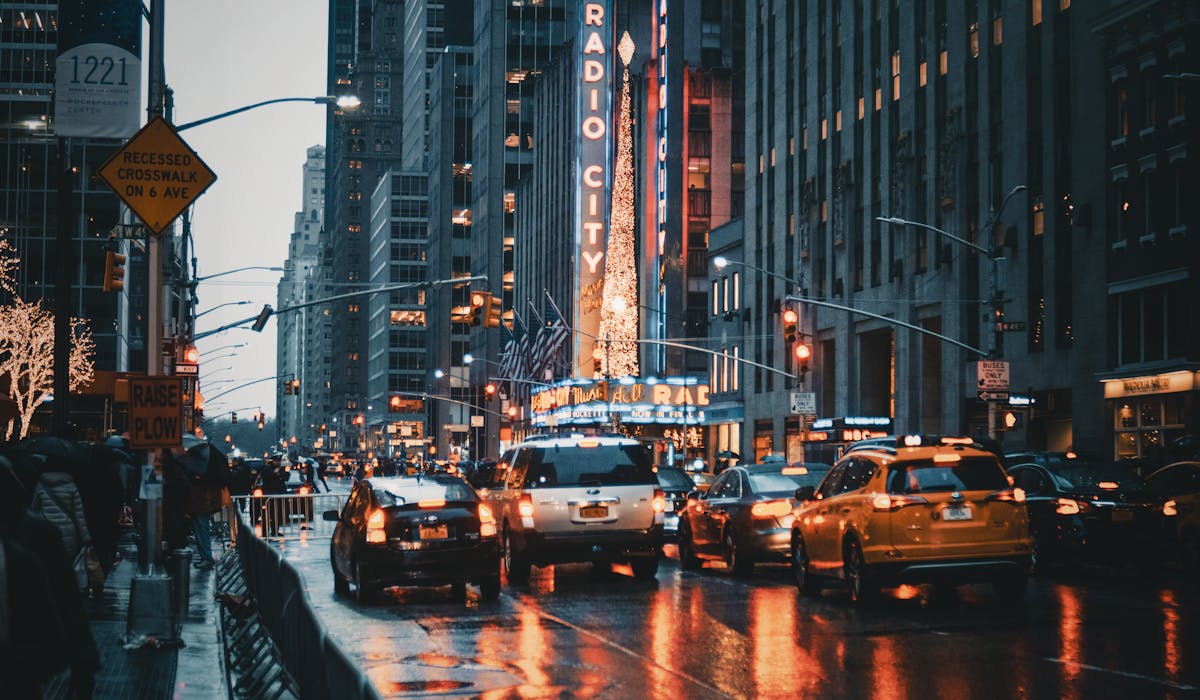The Framing Streets Ideas
The Framing Streets Ideas
Blog Article
The Ultimate Guide To Framing Streets
Table of ContentsThe smart Trick of Framing Streets That Nobody is Talking About9 Simple Techniques For Framing Streets4 Easy Facts About Framing Streets DescribedGet This Report about Framing StreetsUnknown Facts About Framing StreetsFraming Streets Fundamentals Explained
Photography style "Crufts Pet Show 1968" by Tony Ray-Jones Road photography (likewise in some cases called candid photography) is photography performed for art or inquiry that includes unmediated chance encounters and arbitrary events within public areas, generally with the aim of catching images at a definitive or poignant moment by cautious framing and timing. 
Examine This Report on Framing Streets
Susan Sontag, 1977 Road photography can concentrate on people and their behavior in public. In this respect, the street professional photographer is comparable to social docudrama professional photographers or photographers who likewise function in public areas, however with the objective of capturing newsworthy occasions. Any one of these professional photographers' images might catch people and home noticeable within or from public locations, which typically requires navigating honest issues and legislations of privacy, safety, and residential or commercial property.
Depictions of daily public life create a category in nearly every duration of globe art, starting in the pre-historic, Sumerian, Egyptian and very early Buddhist art durations. Art handling the life of the street, whether within views of cityscapes, or as the leading motif, appears in the West in the canon of the North Renaissance, Baroque, Rococo, of Romanticism, Realism, Impressionism and Post-Impressionism.
7 Simple Techniques For Framing Streets
Louis Daguerre: "Blvd du Temple" (1838 or 1839) In 1838 or 1839 the initial photo of figures in the street was taped by Louis-Jacques-Mand Daguerre in one of a set of daguerreotype views extracted from his workshop home window of the Blvd du Holy place in Paris. The second, made at the elevation of the day, shows an unpopulated stretch of road, while the various other was taken at concerning 8:00 am, and as Beaumont Newhall reports, "The Boulevard, so continuously filled up with a moving crowd of pedestrians and carriages was completely singular, other than an individual who was having his boots cleaned.
, that was motivated to carry out a comparable paperwork of New York City. As the city created, Atget assisted to advertise Parisian streets as a worthy subject for photography.

The 15-Second Trick For Framing Streets
Martin is the initial tape-recorded photographer to do so in London with a masked electronic camera. Mass-Observation was a social research organisation started in 1937 which aimed to record day-to-day life in Britain and to tape-record the responses of the 'man-in-the-street' to King Edward VIII's abdication in 1936 to marry divorce Wallis Simpson, and the succession of George VI. The principal Mass-Observationists were anthropologist Tom Harrisson in Bolton and poet Charles Madge in London, and their very first report was created as guide "May the Twelfth: Mass-Observation Day-Surveys 1937 by over two hundred observers" [] Window cleaner at Kottbusser Tor, Berlin, learn this here now by Elsa Thiemann c. 1946 The post-war French Humanist Institution professional photographers located their subjects on the street or in the restaurant. In between 1946 and 1957 Le Groupe des XV every year showed work of this kind. Andre Kertesz. Circus, Budapest, 19 May 1920 Street digital photography developed the significant web content of 2 exhibits at the Museum of Modern Art (Mo, MA) in New York curated by Edward Steichen, Five French Professional Photographers: Brassai; Cartier-Bresson, Doisneau, Ronis, Izis in 1951 to 1952, and Post-war European Photography in 1953, which exported the principle of street digital photography globally.

Some Known Questions About Framing Streets.
The recording machine was 'a hidden camera', a 35 mm Contax hidden under his layer, that was 'strapped to the upper body and connected to a lengthy wire strung down the ideal sleeve'. Nonetheless, his work had little modern effect as as a result of Evans' sensitivities concerning the originality of his task and the personal privacy of his topics, it was not published till 1966, in the publication Many Are Called, with an introduction created by James Agee in 1940.
Helen Levitt, then a teacher of kids, associated with Evans in 193839. She recorded the transitory chalk drawings - sony a7iv that became part of children's street society in New york city at the time, in addition to the kids who made them. In July 1939, Mo, MA's new digital photography area consisted of Levitt's job in its inaugural exhibitRobert Frank's 1958 publication,, was considerable; raw and commonly out of emphasis, Frank's pictures questioned conventional digital photography of the time, "challenged all the official guidelines laid down by Henri Cartier-Bresson and Pedestrian Evans" and "flew in the face of the wholesome pictorialism and genuine photojournalism of American magazines like LIFE and Time".
Report this page